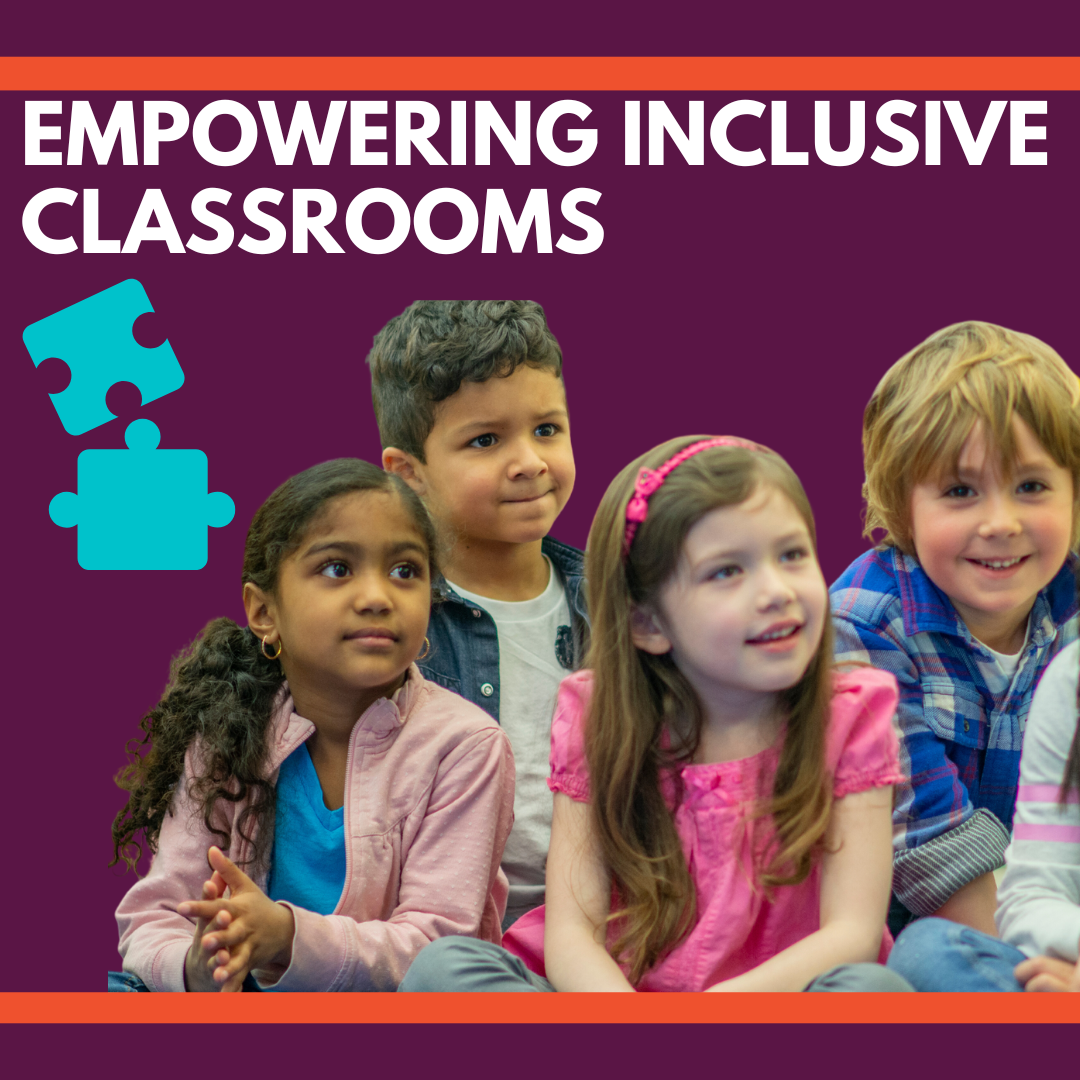Empowering inclusive classrooms
Posted by Hlengiwe Zwane on 03 August 2023, 10:35 SAST
 .
.
As educators within the African community, we are aware that our students come from diverse backgrounds and have unique learning styles. Embracing this diversity and creating an inclusive environment in our classrooms is paramount to empowering all our students. The following are five strategies that can help us achieve this goal:
1. Elevate the curriculum
Make sure your curriculum represents all perspectives and doesn't exclude any certain background. For example, all educational units about family structure should focus on all types of family structures. Lessons on public policy should include subjects such as race and other social justice topics. When using examples to talk about any subject, use multiple examples that relate to students of various backgrounds.
Additionally, do not shy away from talking about historical events even if they involve sensitive topics. Use these as teaching moments to have difficult conversations.
2. Use inclusive language
Assess your current language, and ensure you use inclusive language when teaching to make everyone feel represented. For example, use appropriate pronouns for individuals based on how they identify. Model inclusive language by avoiding outdated or offensive terms, and address when students use any offensive terms and language towards each other. Use these instances as learning opportunities.
3. Create and enforce class values and behaviour standards
Creating clear and concise rules for our students to follow is crucial in fostering an inclusive classroom. These rules should emphasize the importance of respect, safety, and open communication. Here are some examples of such rules:
a. Aggression or violence is never allowed.
b. Foul or hateful language is unacceptable.
c. All peers have the right to express their thoughts and feelings.
d. All peers have the right to feel respected and safe.
e. Respect each other's property.
Enforcing these rules consistently and fairly is essential. Ensure that the consequences for breaking them are proportionate and straightforward. For example, if a student speaks over another, a verbal warning or a stern look may suffice initially. However, repeated offences may lead to further consequences, such as a private discussion after class.
4. Create space for students to practice empathy
It is important to understand that encouraging empathy within the classroom creates an environment of mutual respect and understanding. Allow students space to engage with one another respectfully, but remember that empathy cannot be forced. Incorporate additional educational content to help students understand their emotions better and be more empathetic towards each other. Teaching effective communication and the importance of respecting boundaries can further facilitate respectful interactions
5. Challenge stereotypes
As educators, we must avoid making assumptions about our students based on stereotypes. We must also educate our students about the dangers of perpetuating stereotypes. Let us dispel misconceptions, such as associating learning disabilities with intelligence or assuming the preferences of students based on their identity.
Additionally, it is essential to avoid singling out students to speak for or represent their entire group, as this can make underrepresented students feel uncomfortable and isolated.
These strategies are just the beginning of the journey towards creating a truly inclusive and empowering classroom. There are numerous other methods and activities to explore, but the key is to assess the unique landscape of our classroom and tailor your approaches accordingly. Embracing diversity, celebrating different perspectives, and nurturing empathy will enable us to build a classroom where all students feel valued, respected, and included.
